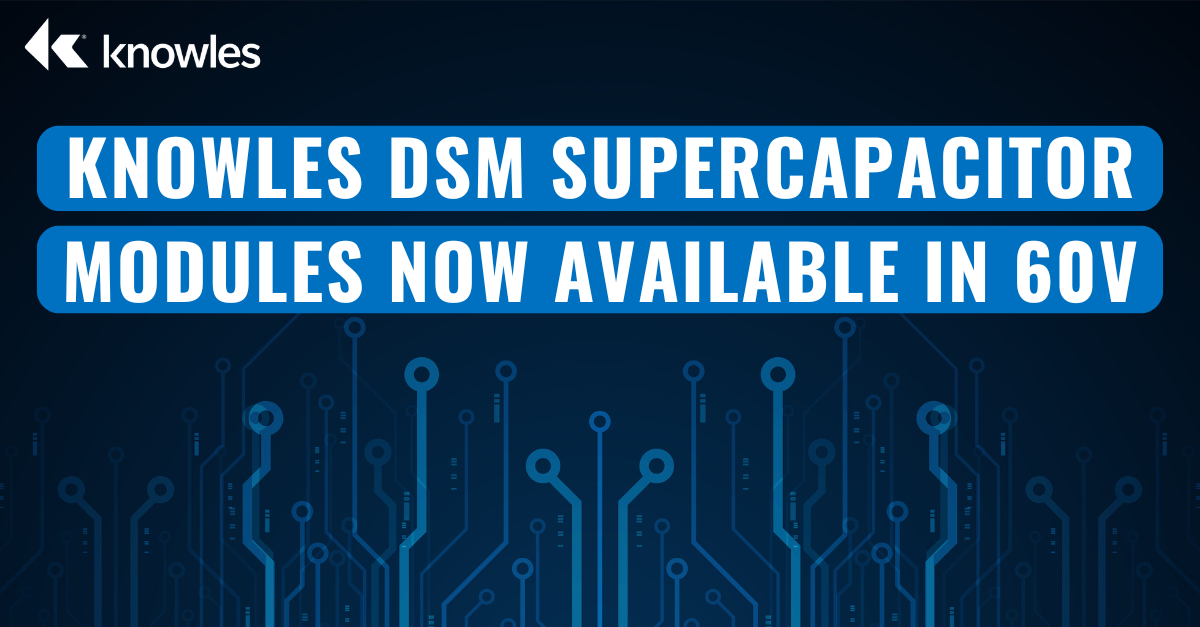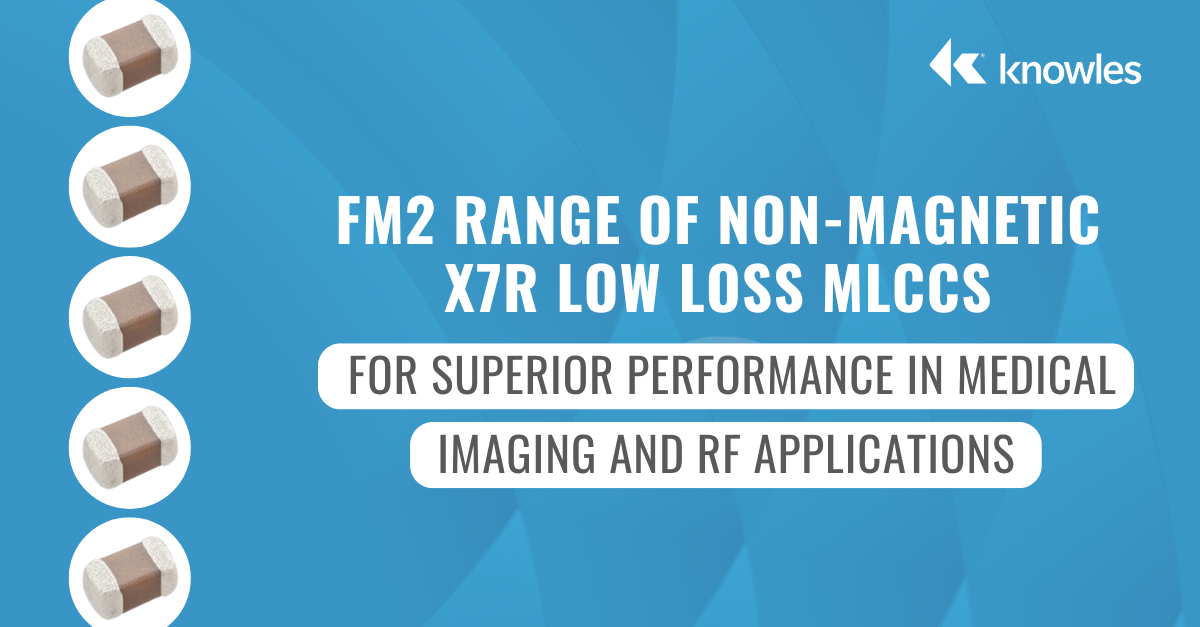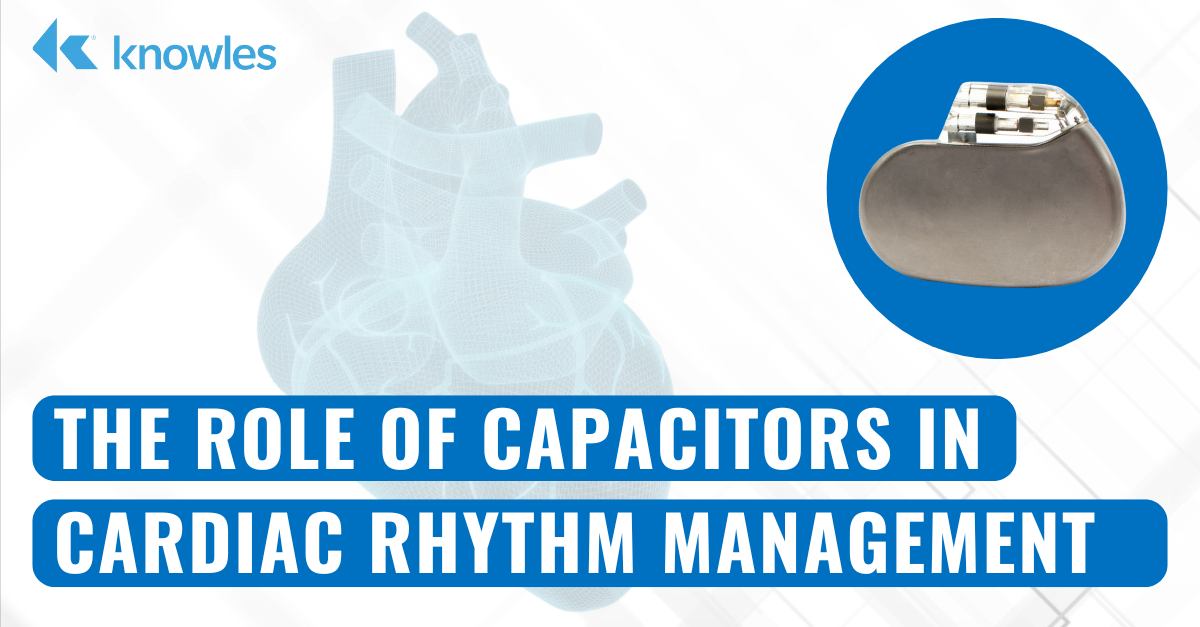In high-voltage, high-reliability applications, safety is non-negotiable. That’s why safety capacitors are essential for mitigating the risks associated with transient voltages and electrical interference.
The Electrical Engineer's Guide to Safety Capacitors
Topics: Capacitor
How Capacitors Drive Energy Innovation at Every Stage
As energy systems evolve to support electrification, renewables, and digital infrastructure, the demands on power electronics are intensifying.
Topics: Capacitor
Understanding Resonance Through the Spring and Mass Analogy
Resonant circuits are a foundational technology in many high-performance electronic systems, enabling efficient energy control and transfer. A helpful way to visualize resonance is by comparing electrical behavior to mechanical motion. Here, we’ll break down resonant circuits using a spring-and-mass analogy and show how this applies to the fundamental LC tank circuit.
Topics: Capacitor
Capacitor Roles in High-Power Class E RF Generators
Radio frequency (RF) generators produce alternating current (AC) at specific frequencies ranging from kilohertz to gigahertz.
Topics: Capacitor
The Role of Capacitors in Variable Frequency Drives and Modern Motor Control
Variable Frequency Drives (VFDs) are an essential part of modern motor controller design, enabling precise regulation of AC motor speed and torque. They operate by converting fixed-frequency AC power from the grid into DC, then inverting it back into AC at the desired frequency and voltage.
Topics: Capacitor
Common Data Link (CDL) is a secure U.S. military communications protocol. Established by the Department of Defense (DoD) in 1991, CDL is the primary standard for intelligence, surveillance, and reconnaissance (ISR) data transmission, enabling full-duplex, jam-resistant digital communications between airborne platforms, ground stations, and naval vessels. CDL supports real-time distribution of video, imagery, and sensor data critical for modern military operations.
Knowles DSM Supercapacitor Modules Now Available in 60V
Knowles’ DSM supercapacitor modules use EDLC cells in series to expand energy storage capacity across a broader voltage range. Their instant charge and discharge capabilities outperform batteries, but without the shipping restrictions, thermal runaway risks, or much shorter lifespans associated with lithium-ion technology.
Since our acquisition of Integrated Microwave Corporation (IMC) in 2020, we have extended our range of RF and microwave filtering solutions to include a wide variety of ceramic coaxial resonators, lumped element filters, and cavity filters from the VHF to the Ka band. During this time, we’ve also continued to innovate on and expand our product offering for one of our most popular filter types – the microstrip filter.
Topics: RF and Microwave, Filtering
FM2 Range of Non-Magnetic X7R Low Loss MLCCs for Superior Performance in Medical Imaging and RF Applications
Engineers designing for medical imaging and high-frequency applications need components that ensure minimal power loss, high signal integrity, and zero magnetic interference.
Knowles’ new FM2 range of Non-Magnetic X7R Low Loss Multilayer Ceramic Capacitors (MLCCs) is engineered to deliver superior RF efficiency and uncompromised reliability. These MLCCs provide lower equivalent series resistance (ESR)/higher Q factor compared to standard X7R capacitors, making them ideal for MRI systems and low-noise amplifier (LNA) applications.
The Role of Capacitors in Cardiac Rhythm Management
More than 3 million people in the United States alone rely on a pacemaker to regulate their heart rhythm. While the battery may be the most recognizable component in the system, capacitors are just as essential to ensure these implantable devices function safely and reliably over time.
Topics: Capacitor

.png)

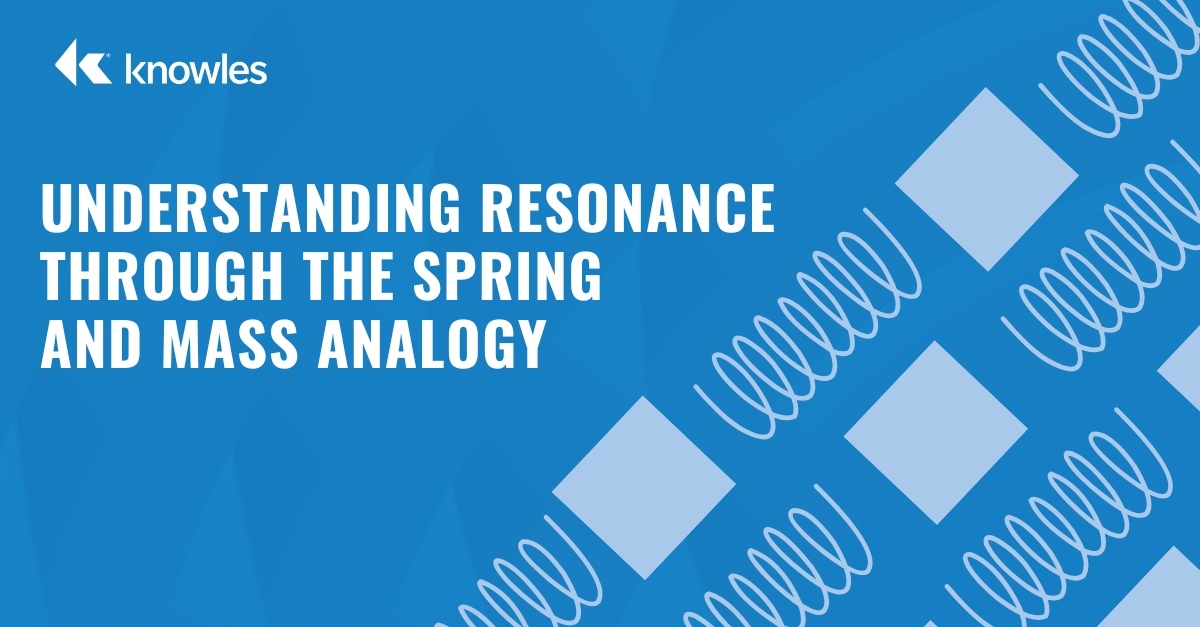
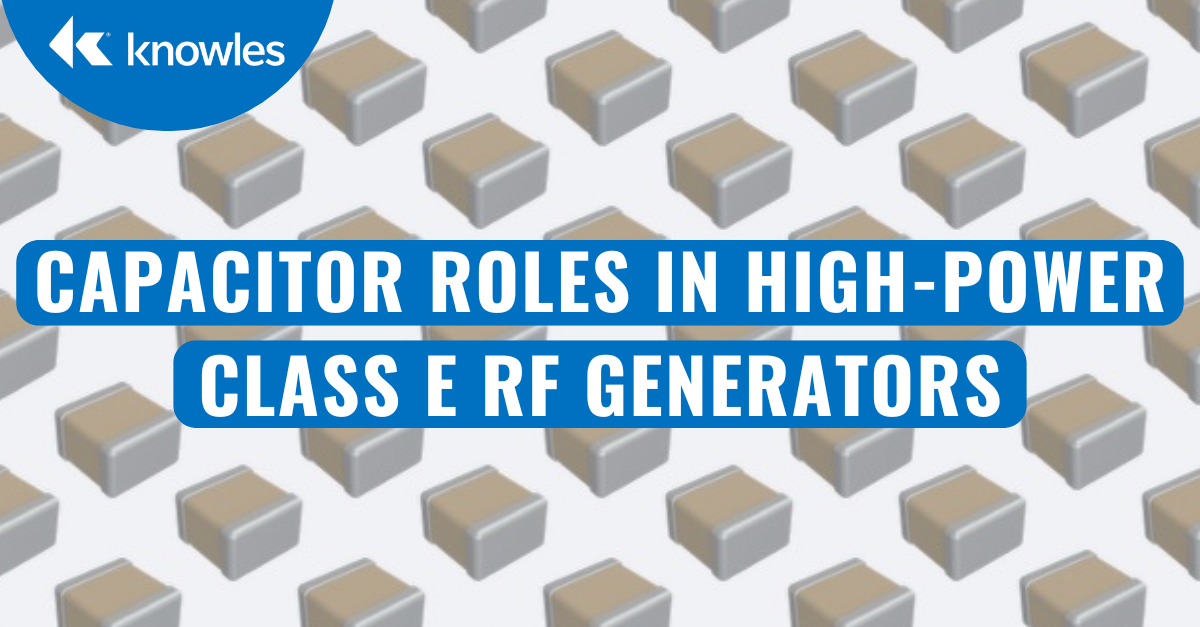
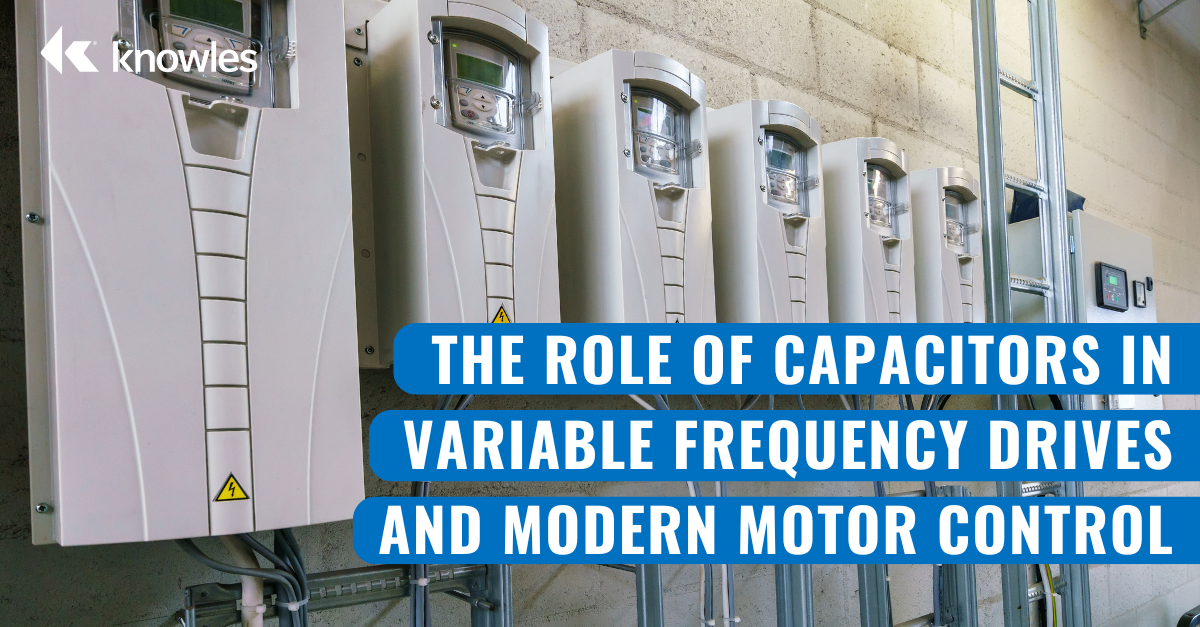
.jpg)
